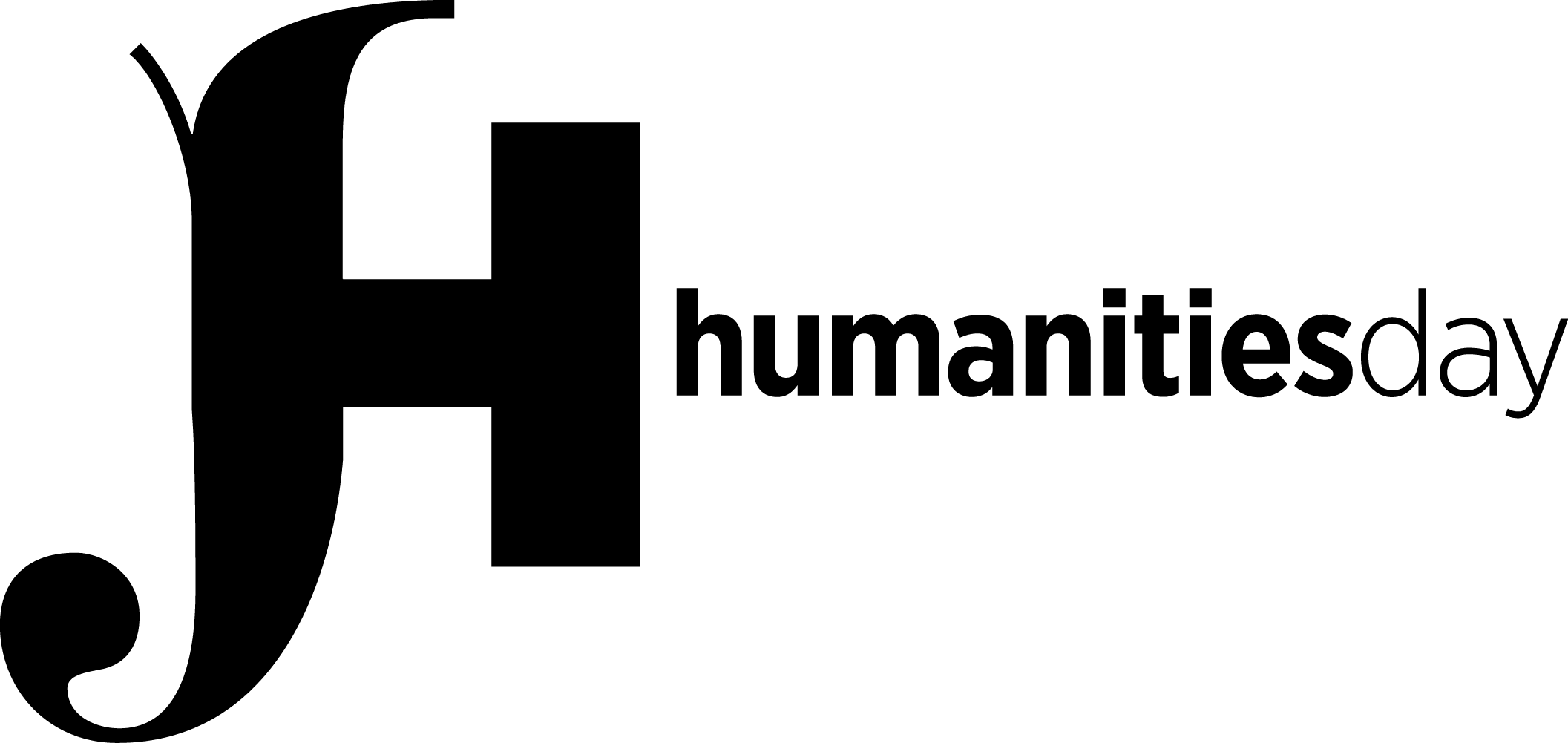At a time before the advent of a rationalized system of numbered addresses, people in cities understood the places in which they lived as a network of integrated spatial and social relationships between streets, people, institutions, and activities. This was true in 1427 in the case of the first “modern” tax census carried out in Florence. Known as the catasto, this massive experiment in developing a demographic portrait of the city required each household to declare where they stood, literally, in relation to the state and their immediate neighbor. By processing these relational stems of address, digital technologies now allow us the ability to build a social map of every Florentine household precisely at a moment when it was transforming, experimenting with, and inventing forms of cultural production, economic innovation, and political practices that have had lasting effects on the history of the West. The visualization of this map will help us to understand the way in which Florentines understood their collective identity, who they were, as a function of where they were: where they lived, where they worked, where they prayed, and even where they died.
***THIS PRESENTATION IS NOW SOLD OUT***
